What are the Best Practices for Installing Rubber Oil Seals?
Rubber oil seals are essential components in various mechanical systems, especially those that use rotating shafts, such as engines and transmissions. These seals prevent oil and other fluids from leaking out of the system, which can cause damage and decrease efficiency. Proper installation of these seals is crucial for their effectiveness and longevity. In this article, we will discuss some of the best practices for installing rubber oil seals.
Clean the surface: Before installing a rubber oil seal, it is crucial to ensure that the surface of the shaft and housing bore is clean and free from any debris or contaminants. Use a lint-free cloth and a suitable cleaning solution to remove any oil, grease, or dirt from the surface.
Lubricate the seal: Apply a thin layer of lubricant to the lip of the seal before installing it. This will help the seal slide easily over the shaft and prevent damage to the lip. It will also help to create a good seal between the shaft and the housing.
Use the proper installation tool: Using the correct tool to install the seal is essential to ensure that it is properly seated in the housing bore. A seal driver or a suitable size socket should be used to press the seal into place. Avoid using makeshift tools, such as hammers or screwdrivers, as they can damage the seal and the housing.
What to Know About the Toxicity of Polypropylene
Common Issues with PVC Water Supply Pipes and Treatment Methods
Ultimate Guide to Hydraulic Shields: Benefits, Installation & Maintenance
Revolutionizing marine construction with innovative dredge hoses?
The Efficiency and Environmental Benefits of Plastic Crusher Machines
Polypropylene Sheet: A Versatile and Sustainable Solution for Diverse Applications
How to use PE protective film effectively?
Ensure proper alignment: Proper alignment is crucial when installing a rubber oil seal. Ensure that the seal is aligned with the shaft and the housing bore before pressing it into place. Misalignment can cause the seal to wear prematurely or fail altogether.
Check for leaks: After installing the seal, check for leaks by running the system and inspecting the seal for any signs of oil leakage. If there is a leak, remove the seal and check for any damage or misalignment. Replace the seal if necessary and repeat the installation process.
Follow manufacturer guidelines: Finally, it is essential to follow the manufacturer's guidelines for installing rubber oil seals. This includes using the correct seal type, ensuring the correct fit and size, and following any specific installation procedures recommended by the manufacturer.
In conclusion, proper installation of rubber oil seals is crucial for their effectiveness and longevity. By following these best practices, you can ensure that your seals are installed correctly and will perform as expected. Remember to clean the surface, lubricate the seal, use the proper installation tool, ensure proper alignment, check for leaks, and follow manufacturer guidelines. By doing so, you can avoid costly repairs and downtime caused by oil leaks.
Advantages of Polyurethane Dewatering Screen Panels
What industries utilize custom seal and rubber products?
UHMWPE Sheet: The Ultimate Solution for High-Performance Applications
Different Styles and Designs of Euro Head Caps
How Do I Choose The Proper Plastic Materials?
HDPE Sheets: A Comprehensive Guide to Applications, Benefits, and FAQs
Choosing the Right Drainage Pipe: Factors to Consider
128
0
0
Related Articles
-
104
0
0
-
116
0
0
-
108
0
0
-
103
0
0
-
98
0
0
-
94
0
0
-
89
0
0
-
111
0
0


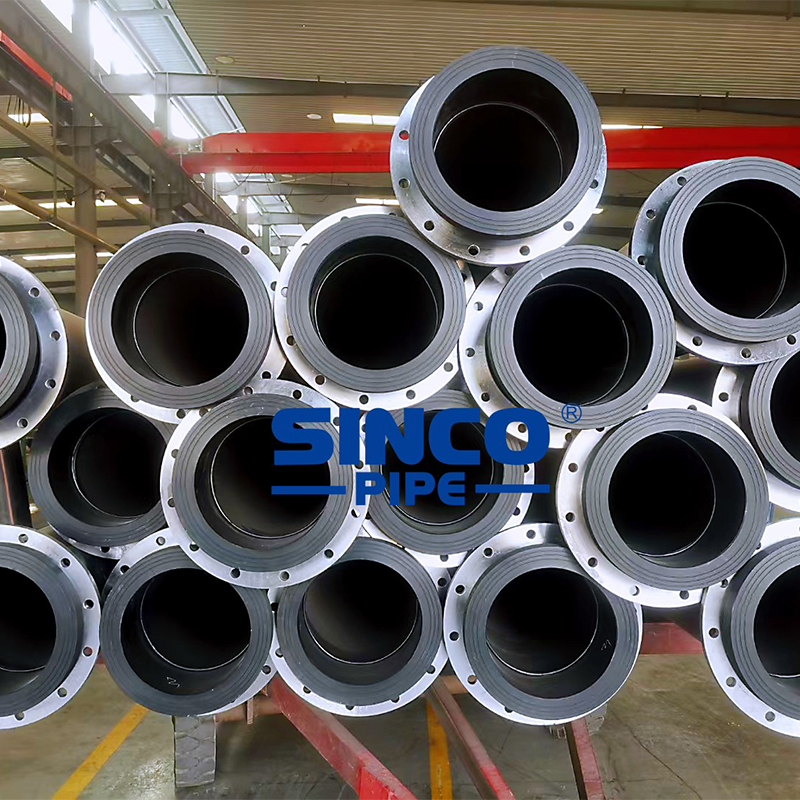

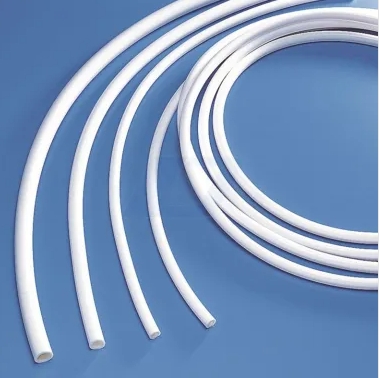
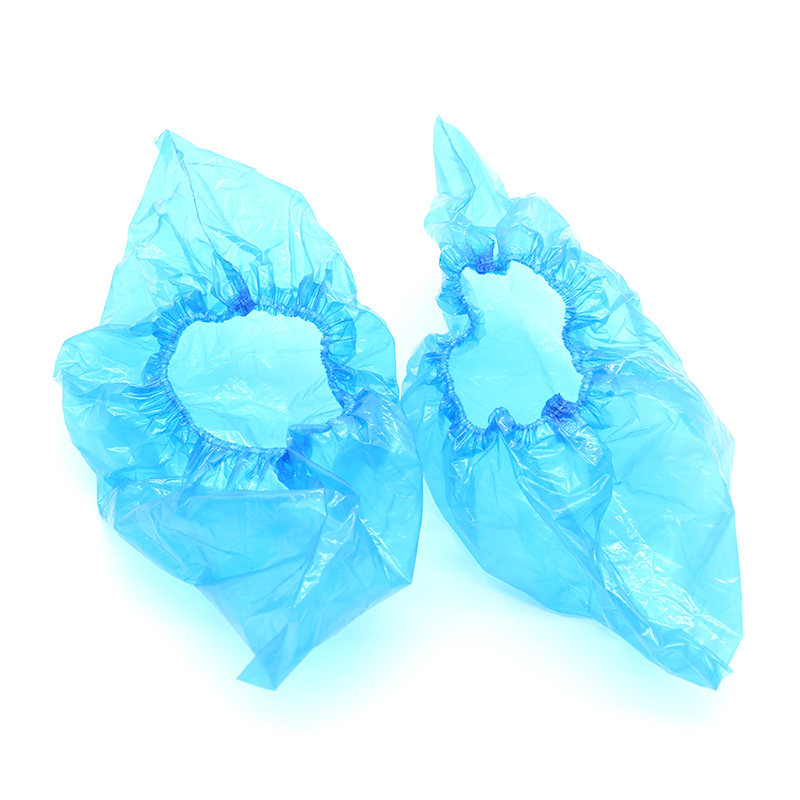
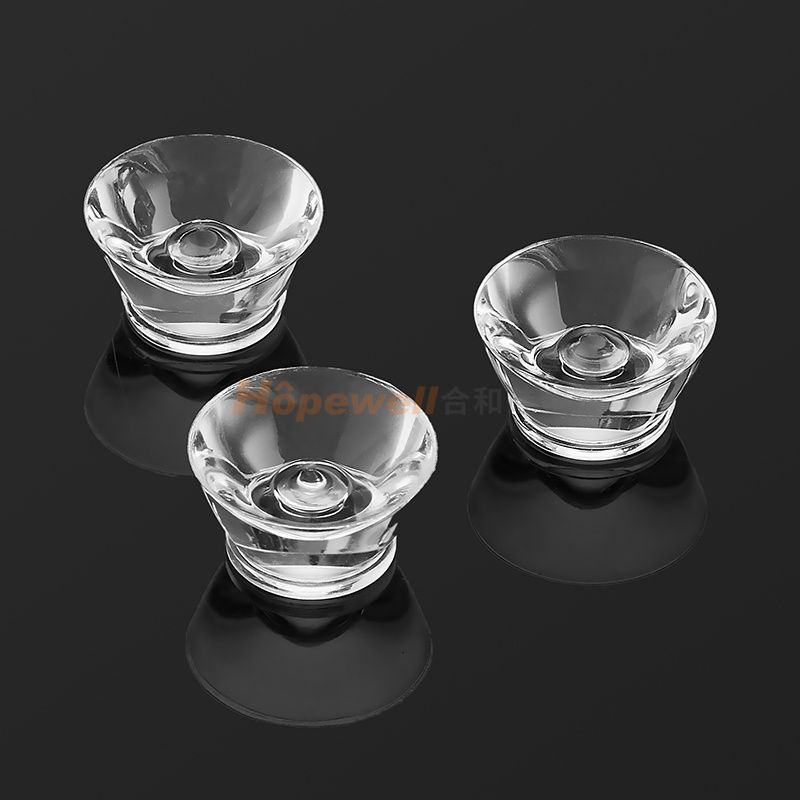
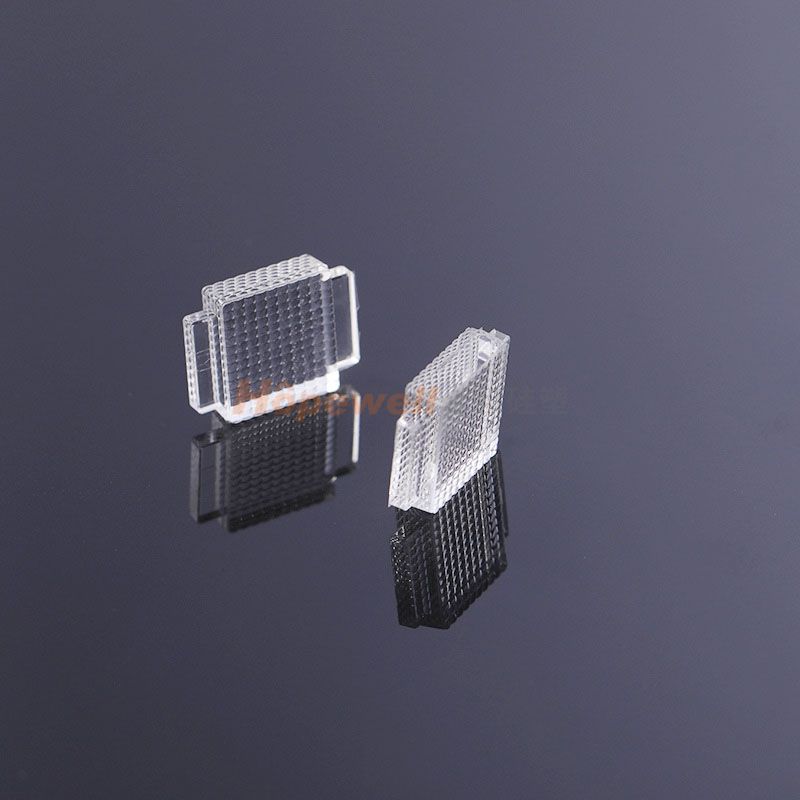
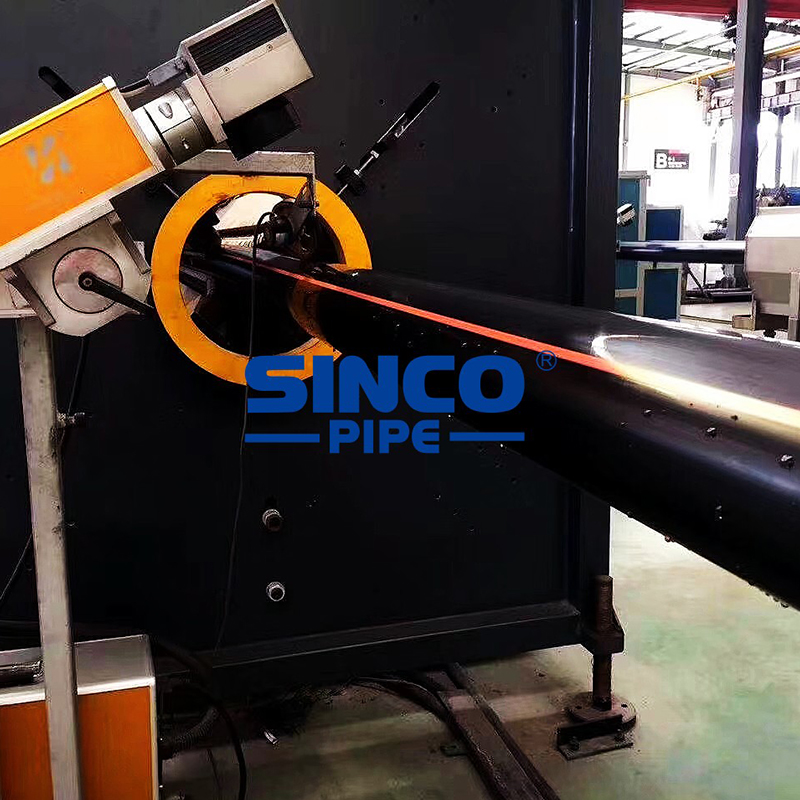
Comments
All Comments (0)